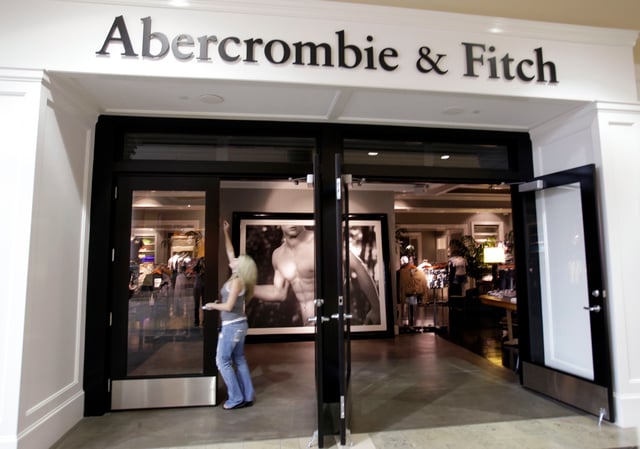Analysis: A&F remains on the right trajectory amid brand reinvention
Unlike many apparel retailers, Abercrombie & Fitch bucked the negative trends in its final quarter and produced a solid set of results. Overall revenue was up by a respectable 2.5%, while comparable sales increased by 1% globally and by 3% within the U.S. However, the Abercrombie division was the star of the show with an 8% increase in comparable sales. Admittedly some of the numbers lap soft comparatives from last year, but this does little to take away from the clear progress that A&F is making.
As well as successes, there were some soft spots. Comparable sales at Hollister declined by 2% and international comparable sales also declined by 3%. Net income fell by 13.4% and operating income was down by 5.7%. The good news is the bottom line deterioration does not reflect operating issues, rather it is a consequence of asset impairment and charges related to the exit of flagship stores – both of which are necessary as A&F continues to reconfigure its business for optimal trading.
Looking in more detail at Abercrombie, the 8% comparable sales uplift owes a lot to product improvements and strong assortments which helped to drive conversion rates and average transaction values. Outerwear, which has always been a strength of Abercrombie, performed well and because if its high value made a solid contribution to the sales line. This was enhanced by strong sales of denim, leisure wear such as sweatpants, and the Fierce fragrance which A&F has been pushing heavily. Our data show that self-purchases were up, particularly among women. However, pleasingly the number of people using Abercrombie to buy gifts for the holidays also rose which underlines the appeal and strength of the brand.
As well as success with existing customers, we continue to note that Abercrombie is widening its appeal as a result of its marketing efforts and brand reinvention. The “Do 96 Hours In” campaign that ran over the holidays - which featured pop-up experiential stores and events in both Los Angeles and Brooklyn – showcased fashion in the context of travel and self-care “staycations.” This resonated with consumers and helped to educate non-shoppers about many of the changes that have been made to the Abercrombie brand. In many ways, the campaign encapsulates the transition away from a brand that was once obsessed with looks and external image, to one that is now about making people feel good about themselves on the inside.
While Abercrombie’s sales shot up, Hollister suffered a modest decline. Some of this is down to the fact that Hollister has much more exposure to international markets, where a variety of issues – including Brexit in the U.K. and softer consumer confidence elsewhere – had a cooling effect on spending. That said, we also believe that Hollister is in a more competitive part of the market where there is significantly more choice for shoppers, which means it is harder to generate consistent results. That said, we are satisfied with the improvements made to the brand and are pleased to see further enhancements to the assortment, including more localized ranging, which should help the results going forward.
Looking ahead, we believe that A&F remains on the right trajectory. The brands have successfully transitioned and now have an ethos that is aligned with the needs of modern consumers. However, due to the coronavirus – which has prompted store closures in Asia and some parts of Europe – the outlook for the first quarter and beyond is a little softer than we originally forecast. But longer term, the prospects still remain good.











